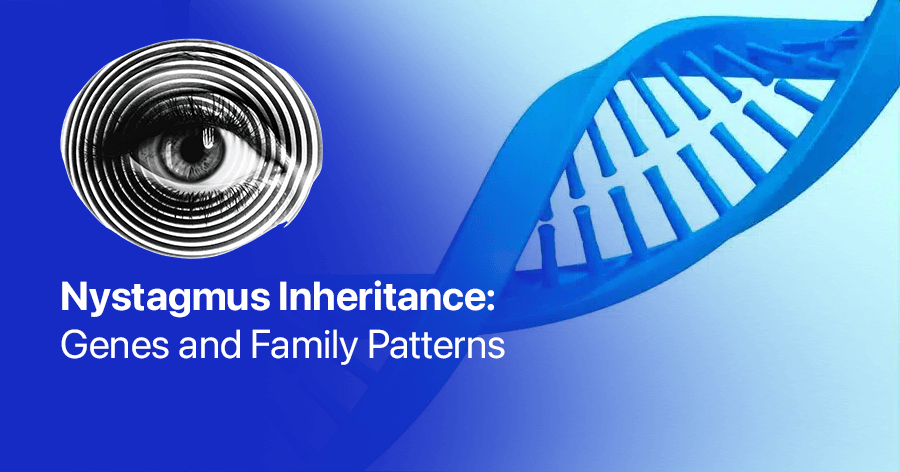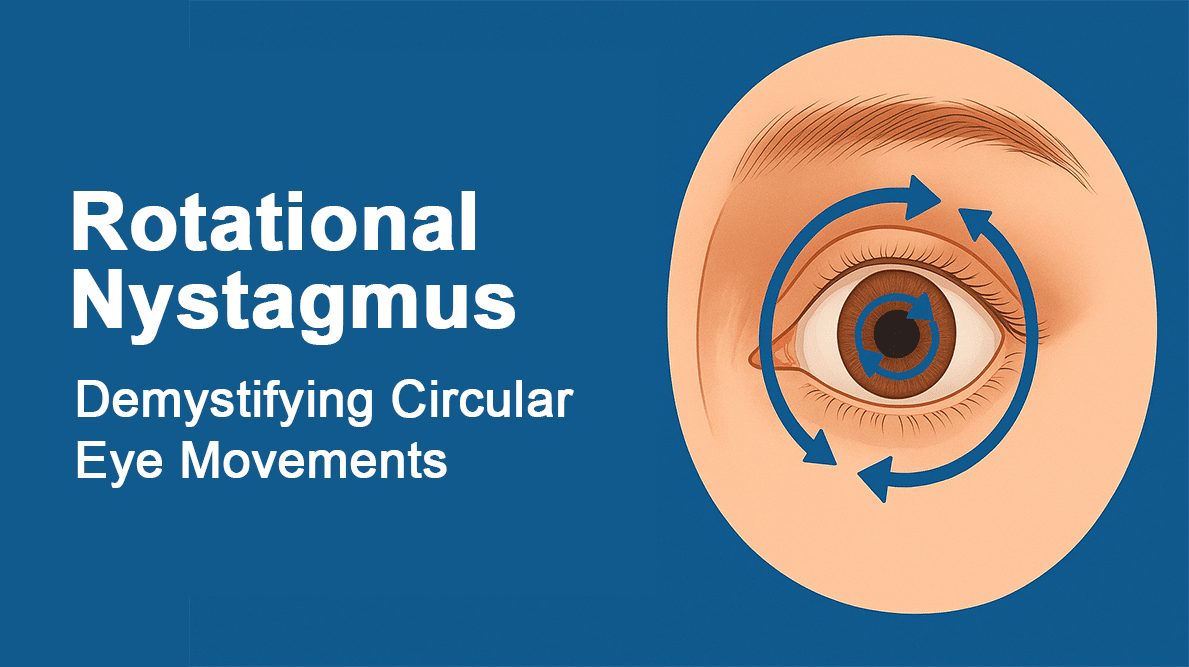
Nystagmus Inheritance: Genes and Family Patterns
Nystagmus, a condition characterized by involuntary eye movements, often raises questions about its causes and patterns of inheritance. In this article, we’ll address some common questions about the genetic aspects of nystagmus, its inheritability, and how it runs in families.
Does nystagmus run in families?
Yes, nystagmus can indeed run in families. There are several forms of nystagmus that have genetic components, meaning they can be passed down from parents to children. One specific type, known as Nystagmus 1 or X-linked congenital nystagmus, has a distinct inheritance pattern that we’ll explore in more detail.
Nystagmus 1: An X-linked Condition
Nystagmus 1 is caused by a mutation in a gene located on the X chromosome. This specific inheritance pattern has interesting implications:
- Only males are typically affected by the condition.
- Mothers of affected sons are carriers of the mutant gene.
- There’s a 50% chance that a carrier mother will pass the condition to her male children.
- Daughters of carrier mothers have a 50% chance of being carriers themselves.
This pattern occurs because males have only one X chromosome, so if they inherit the mutated gene, they will develop the condition. Females have two X chromosomes, so even if they inherit one mutated gene, they typically have a normal gene on the other X chromosome that compensates.
Is nystagmus inheritable?
Yes, many forms of nystagmus are inheritable. As we’ve seen with Nystagmus 1, the condition can be passed down through families. However, it’s important to note that not all cases of nystagmus are inherited. Some cases can occur spontaneously or as a result of other eye or neurological conditions.
Is nystagmus dominant or recessive?
The inheritance pattern of nystagmus can vary depending on the specific type:
- X-linked (as in Nystagmus 1): This is neither dominant nor recessive in the traditional sense, but is linked to the X chromosome.
- Autosomal dominant: Some forms of nystagmus follow this pattern, where inheriting one copy of the mutated gene from either parent is sufficient to cause the condition.
- Autosomal recessive: In these cases, a person must inherit two copies of the mutated gene (one from each parent) to develop nystagmus.
Why are people born with nystagmus?
People can be born with nystagmus (congenital nystagmus) due to several reasons:
- Genetic mutations: As discussed, various genetic factors can lead to nystagmus.
- Underdeveloped visual systems: Sometimes, the parts of the brain or eyes responsible for steady eye movements don’t develop properly in utero.
- Associated conditions: Congenital nystagmus can be a symptom of other eye or neurological conditions present at birth.
Is nystagmus caused by genetics?
While not all cases of nystagmus are genetic, many forms do have a genetic basis. This includes:
- Inherited forms like Nystagmus 1
- Nystagmus associated with genetic conditions like albinism
- Some cases of idiopathic (unknown cause) congenital nystagmus, which may have unidentified genetic factors
However, nystagmus can also be acquired later in life due to various non-genetic factors such as certain medications, head injuries, or neurological conditions.
Do normal people have nystagmus?
The term “normal” can be subjective, but it’s important to understand that nystagmus is not typically present in individuals without underlying eye or neurological conditions. However, there are situations where people without chronic nystagmus might experience temporary nystagmus-like eye movements:
- Physiological nystagmus: Very small eye movements that help with visual fixation, not visible to the naked eye.
- Induced nystagmus: Can occur due to certain activities (e.g., spinning rapidly) or substances (e.g., alcohol intoxication).
- Fatigue-induced nystagmus: Extreme tiredness can sometimes cause temporary nystagmus-like movements.
These temporary forms are different from chronic nystagmus conditions that affect vision and eye control on an ongoing basis.
Stay Informed with “The Nystagmus Book”
If you’re looking to deepen your understanding of nystagmus and stay up-to-date with the latest research and management strategies, I invite you to check out my book, “The Nystagmus Book.” This comprehensive guide contains all the legitimate, up-to-date information about nystagmus as of 2024, including the most recent research findings and best practices for managing the condition.
In a world where misleading information about nystagmus is unfortunately common, “The Nystagmus Book” offers a reliable, science-based resource. It’s packed with practical tips, the latest treatment options, and insights from my 20+ years of research in the field. Whether you’re living with nystagmus, caring for someone who is, or simply want to learn more about this condition, this book is an invaluable resource.
Conclusion
Nystagmus is a complex condition with various genetic and non-genetic causes. While some forms, like Nystagmus 1, have well-defined inheritance patterns, others may be more complex or not inherited at all. Understanding the genetic aspects of nystagmus can be crucial for family planning and managing the condition across generations.
If you or a family member has nystagmus, it’s important to consult with a genetic counselor or an ophthalmologist specializing in genetic eye disorders. They can provide more specific information about your particular case and help you understand any potential inheritance patterns within your family.
Remember, ongoing research continues to uncover new information about the genetic basis of nystagmus, bringing hope for improved diagnostics and potential treatments in the future.




